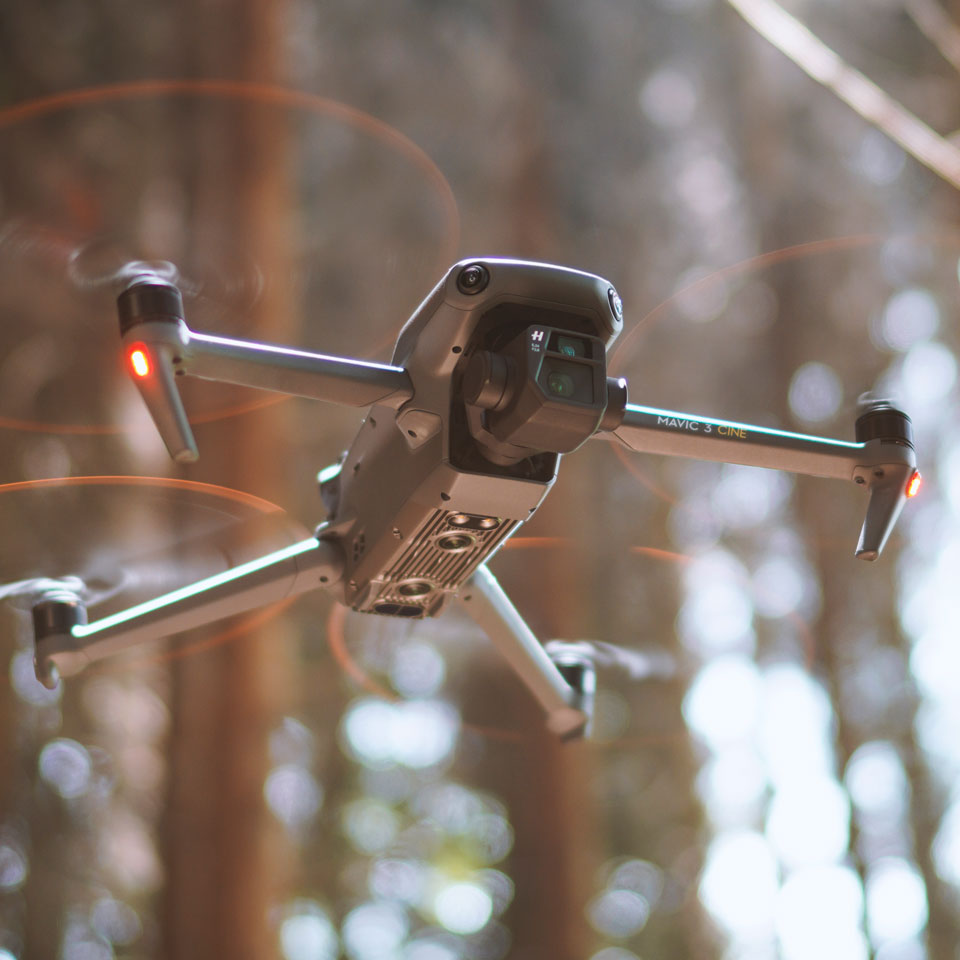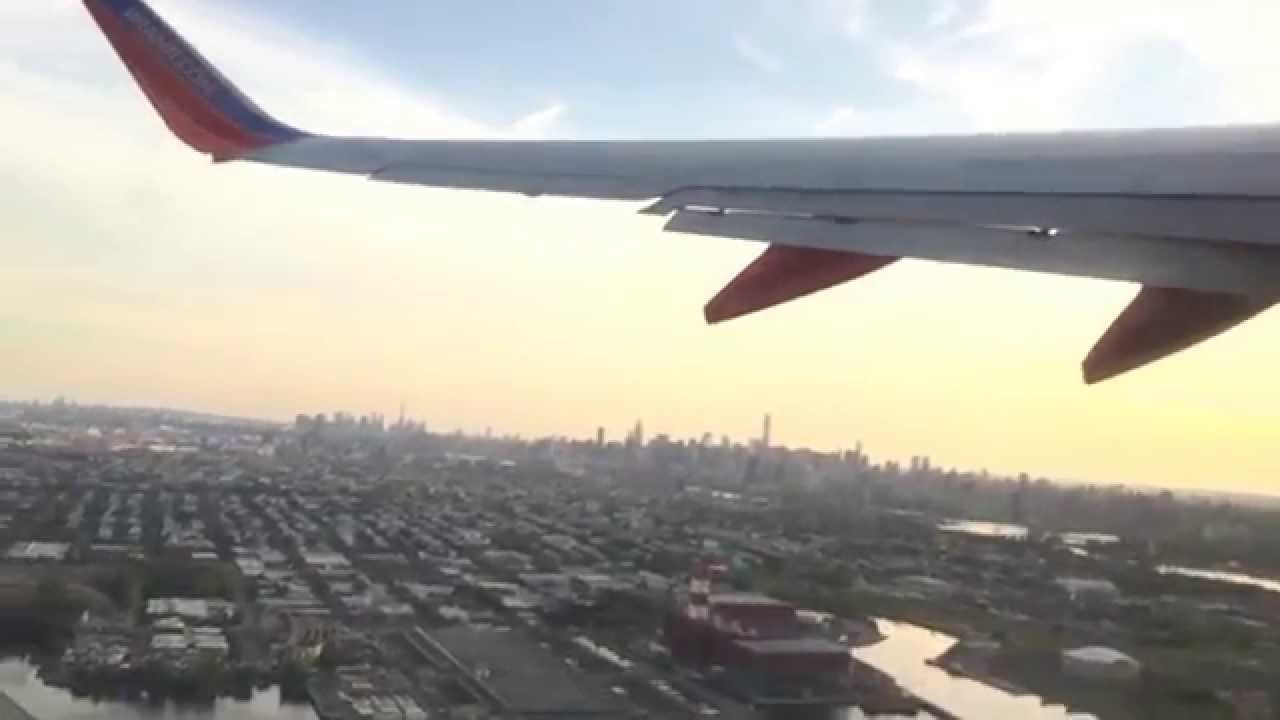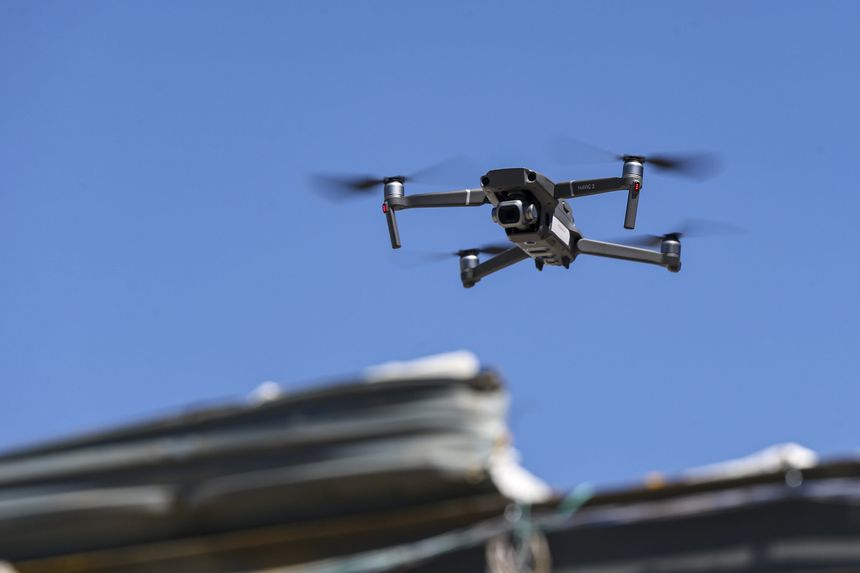
There are many benefits to using a drone for inspection, but not every one is suitable for the job. Using a drone to inspect assets can help inspectors discover maintenance problems, but the repairs must still be done manually. In the end, drones are just one more tool in the inspector’s arsenal. Some inspectors prefer to use the inspection cameras that they have hung from ropes, while others may drop them off at assets. These situations are where drones can be a great tool.
Drone 20
A drone can capture high-quality data at high speeds, which is one of the benefits it offers for inspection. Drones can provide a consistent image, eliminating the need to descend a building to see the contents. The increased zoom can also help to identify missing parts or small defects. Shell Deer Park in the USA has used drones since 2016. The drones are used to inspect industrial equipment including flare tips and floating roof tanks.
Thermal camera
There are many advantages to having a thermal camera on a drone for inspection. First, it can be used to quickly inspect large areas. It is faster than most other inspection methods and can view objects up close. Emitec drone features a sophisticated thermal imaging system. It uses an exclusive HD downlink method to transmit the thermal image on multiple monitors and to a tablet or PC.
Light
Drones have existed for many years, but the technology behind them has improved significantly over time. Whether you're using a light drone for inspection or a large, sophisticated industrial drone, you can use one to gather data in a variety of applications. Drones are the most used tool in the energy industry to inspect power lines and gas lines. A drone is a great tool for inspecting wind turbines. The machine can check the nacelles as well as the leading edges and lightning sensors. A drone can collect data on the health of the turbine and also take high-resolution photographs of any damage. These data can be used to plan for the repair work.

Vertical attachment mechanism
It is easy to attach a drone to a wall using a vertical attachment mechanism. These drones can hover at high altitude above the surface. The sensor probe can also be detached from the surface for testing. The drones can hover over the surface using their articulating joints, which may absorb some of the impact if the UAV lands on its side. They can also remotely be controlled and partly automated.
Safety
Drones are becoming a more popular method of inspecting. They allow companies to streamline material transporting, monitoring, and inspection processes. FCC units are used to convert heavy crude oils into more valuable fuels. It is composed of multiple pipes and cyclones. In the center of the unit, a pipe called the riser mixes heavy oil with powdered catalyst at high temperatures. Inspection workers will need to access the pipe through a hatch in the riser's top. Once inside, they can then climb down using ropes. This risk is eliminated completely by a drone.
Prices
Drones can be used for inspection of construction sites. There are many benefits. A drone inspection is a cost-saving option that eliminates the need to use heavy machinery and scaffolding. Scaffolding can cause downtime and is expensive. Drones are able to save you time and reduce your liability insurance. Your maintenance costs can be reduced by thousands of dollars every year. While drone inspections are commonly used by construction companies, this is not their only option.
Efficiency
Drones are great for inspection purposes, but they don't replace a human inspector. If a technician is present, a typical inspection can take between 10 and 12 hours. Drones can complete this task in less time than an hour. These drones are able to access restricted areas that human workers cannot reach. As a result, drone inspection can save companies tens of thousands of dollars. This technology is not yet available in every industry.

FAQ
Is it against the law to fly a helicopter?
Yes, flying drones can be illegal in certain countries. These include Australia, Canada. Germany, Japan. New Zealand. Singapore. South Korea. The United Kingdom. It is however legal in many other countries such as France.
What are the rules and regulations for drones operation?
The FAA must register your drone. The registration process involves providing information about your drone, such as its weight, size, battery power, and frequency. It also requires you to obtain an identification number from the FAA.
Is it possible to fly a helicopter while driving?
Driving a drone is dangerous, as it could cause an accident or crash into another vehicle. You may also run into pedestrians and other animals. A collision with power lines, trees, buildings, or power lines could cause serious damage to your vehicle.
How can I keep drones away?
Drones are becoming more common for home surveillance. However they can also be a threat to privacy or security. If you want drone attacks to be avoided, you can install motion sensors all around your property. These sensors will detect any flying objects that are not authorized.
Are drones allowed to be used at public events
As long as you comply with the rules, drones can be flown anywhere. If you intend to fly your drone at a public event, such as a parade or festival, you will need permission from the organizers.
What laws apply to drones flying above private property?
New rules have been issued by the FAA for commercial drone flying. These rules only apply to UAVs less than 55 lbs and lower than 400 feet above the ground. Commercial operators must register with FAA to receive a license. Local authorities must also approve them if they are operating near airports or in other restricted areas.
You can fly a drone as high as you like without a license.
The FAA doesn't limit how high you can fly your drone. They do require that you register your unmanned airplane system (UAS), which includes registration number, model number, weight, size and manufacturer's names, as well as other information.
Statistics
- Research and Markets predict a growth rate of 51.1% over the next five years. (thedroneu.com)
- According to industry research from ZipRecruiter , there are 10 cities where the typical salary for a Drone Pilot job is above the national average. (dronesgator.com)
- According to the multiple listing service (MLS), houses and apartments with drone photographs are up to 68 percent more likely to sell than those without pictures. (thedroneu.com)
External Links
How To
How to Fly Drones at a Beginning Level
A drone is an unmanned aerial vehicle that can be remotely controlled and used for surveillance, aerial photography, film production, research, and other hobby purposes. Drones have been in use since World War II. DJI's Phantom series quadcopters were first commercially available in 2010. There have been many drones made since then. These range from beginner-friendly drones like Parrot AR Drone 2.0 to more advanced multi-rotor craft like DJI Mavic Pro.
There are many methods to fly a Drone, including
-
Remote control – This technique uses a control device attached directly to your hands that allows you steer the drone around its flight path. There are two main types of controllers: On/Off switches (like a radio) and joysticks.
-
Manual Control – This method lets users remotely control the drone by using a smartphone app. The app will give you instructions.
-
Autonomous Flying - This allows the drone to take over all of the piloting duties. It is basically flying autonomously and without human intervention. It must have a builtin camera, sensors capable of taking images and data to enable autonomous flight.
-
Triggered Flight - This method is similar to manual control, except the pilot manually sets up a preprogrammed route, and the drone follows that route until it reaches the endpoint. The drone automatically lands once the route has been completed and returns to the base.
-
Landing Gear: Some drones have landing gear that allows them safely to land in case they lose power or run low on battery.
-
Goggles: Some pilots use goggles in order to protect themselves against debris when operating.
-
Camera - Some drones are equipped with cameras allowing you to capture photos and videos from above.
-
Obstacles: Some drones are equipped with obstacle avoidance systems to prevent them from hitting obstacles.
-
Speed - Some drones reach speeds exceeding 40 mph.
-
Battery Life - Most drones last between 20 and 3 hours depending on how much power they have.
-
Distance - Some drones can travel up 30 miles depending on the model.
-
Power source - Not all drones can use an external power source. Others can run on internal batteries.
-
Weight - Some drones weigh less than 1 pound, whereas other models weigh up to 4 pounds.
-
Size - From small drones that can be carried in the palm of one's hand to larger drones that weigh over 50 pounds, drones come in a variety of sizes.
-
Price - Drones come in a variety of price categories, including high-end models which can run into the thousands and low-cost options that can start at $100.